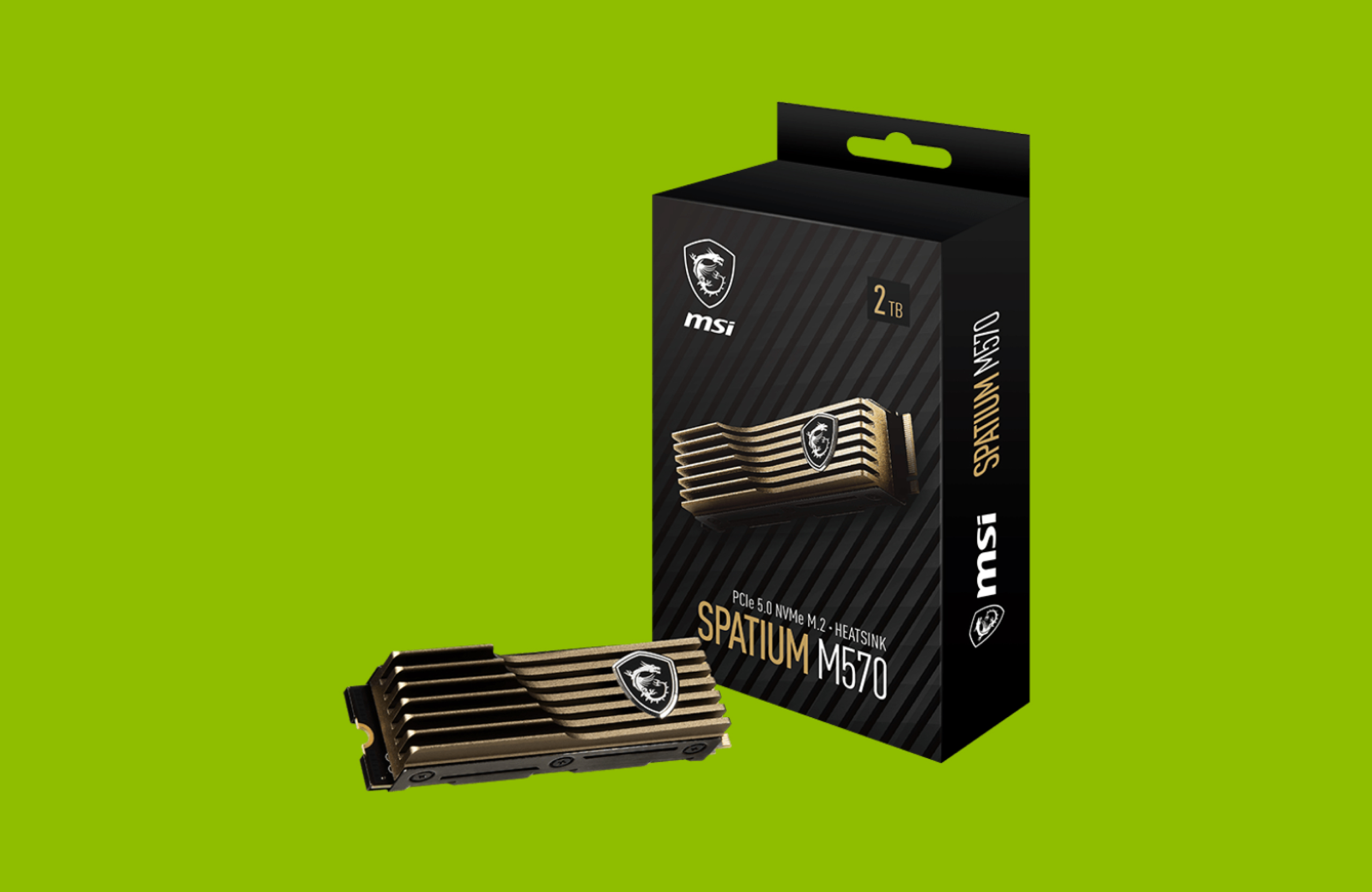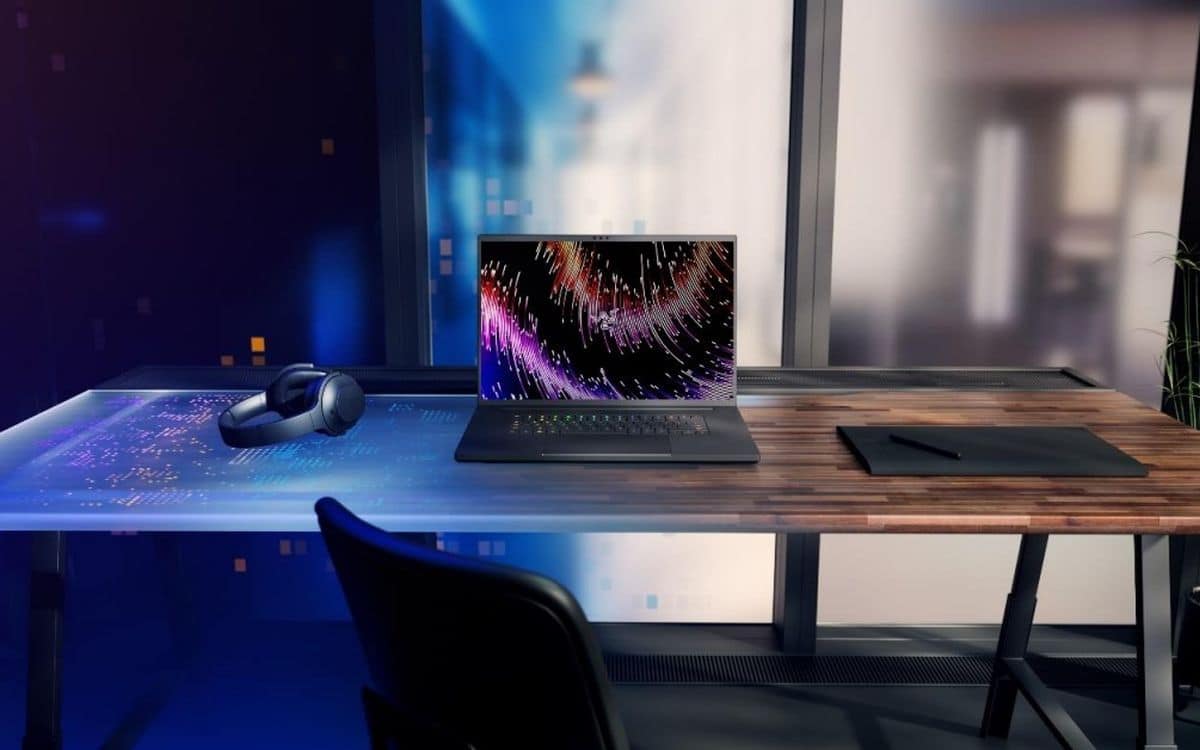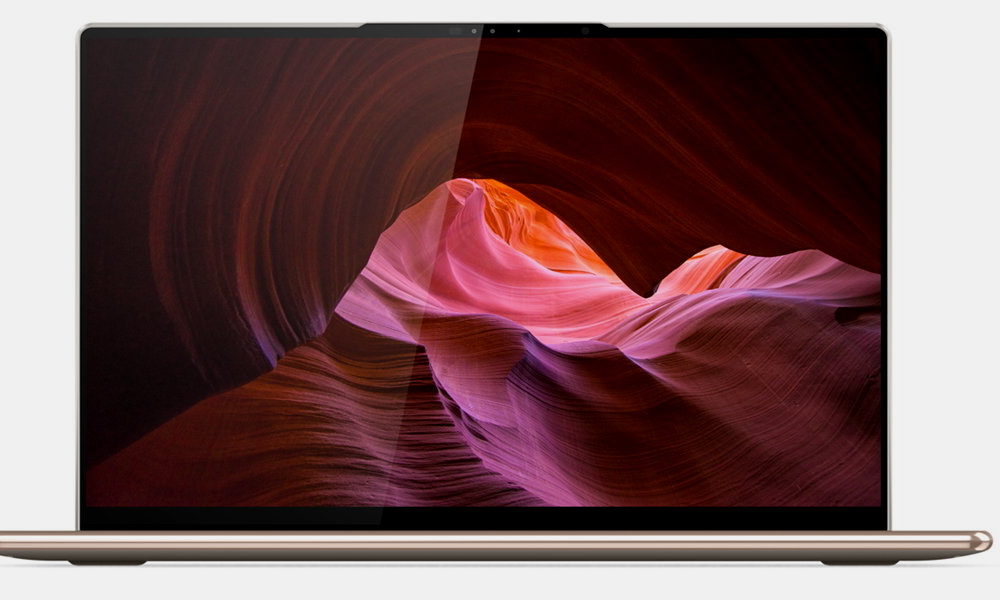
SSDs using the PCIe 5.0 interface are rare, as are motherboards offering this new type of expansion bus. That’s not stopping manufacturers from coming forward and giving us a taste of what performance to expect.

Devices adhering to the PCIe 5.0 specifications are not supposed to land until 2024. It is therefore to our greatest astonishment that we discover that Micro-Star International, better known as MSI, is already formalizing an internal SSD for specs that gamers should be interested in and other performance enthusiasts.
To read – Hard drives could disappear by the end of the year, according to these analysts
THE Spatium M570 HS is an internal NVMe M.2 SSD in LPDDR4 format. It will be offered in capacities of 1 or 2 GB, relatively small amounts of storage all the same destined to become the new standard for the future. It is among the first representatives of the first generation of storage adopting the standard PCIe 5.0, whose theoretical bandwidth reaches 15.754 GB/s.
MSI Spatium M570 HS is 40% faster SSD than previous generation
For its part, the Spatium M570H can only transfer 10 GB per second, a speed still sufficient to fine the best of current SSDs. The How To Geek site thus takes the Samsung 980 Pro, one of the fastest benchmarks on the market, as a point of comparison. At the same amount of storage and sequential read, the Korean SSD transfers only 7 GB of data per second. The gain in performance is therefore around 43%.
The Spatium M570 HS will also be more resistant compared to its competitor. With 1400 TBW (Terabits written, or the number of writable bits before SSD performance degrades), it should run 16.67% longer than the Samsung 980 Pro, which only shows 1200 TBW. We get away with it, these performances will be paid for at a high price. MSI is careful not to say more about the pricing of its SSD, or even its availability date. The company can take its time. Few users are still equipped motherboards compatible with this type of interface.
Source : how to geek



